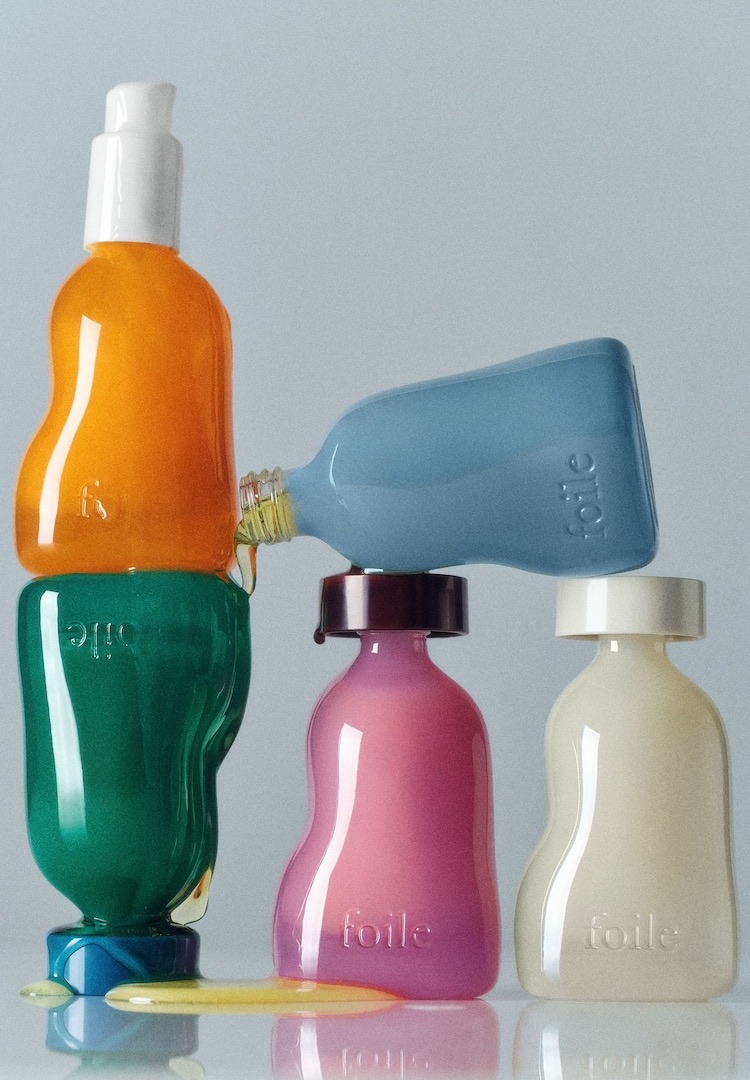Your skin changes with your menstrual cycle, here’s how it works
IMAGE VIA STARFACE
Words by Evangeline Polymeneas
Sync your skincare.
Those of us who menstruate know all too well how challenging it can be. From the fluctuating hormones and mood swings to cramps and cravings, our bodies are going through it and our skin is no exception.
Whether we’re experiencing oily, breakout-prone skin or dry and lifeless skin, it actually may have something to do with what stage of the menstrual cycle we’re operating in. To get a better understanding of our skin’s woes I spoke to scientist and skin influencer, Hannah English.
Looking for some similarly thought-provoking reads? Try our Life vertical.
As it turns out, if you’re tracking your cycle and expecting changes, then you can alter your skincare routine for optimal results. Essentially, you can remove or reintroduce products into your routine to counterbalance the changes. Take that, hormones! Hannah broke down the cycle into three phases: menstruation, follicular and luteal.
Week one: Menstruation phase
“When you get your period both estrogen and progesterone are at their lowest. Estrogen does a lot to our skin. It hydrates it and helps make collagen and hyaluronic acid,” Hannah tells me.
“Collagen is the structural protein that makes our skin thick and strong and hyaluronic acid is a gel that makes skin soft and flexible. When the estrogen drops, skin can be dry and dehydrated and a bit sensitive as well.”
During this week ensure that your skincare routine is focused on hydration and remove any harsh and active products from your routine. “If you have the time and energy to [change your routine while on your period], it’s all about nourishing and treating it like it’s extra sensitive because it actually is,” says Hannah.
Hannah tells me that dry skin during this phase is also a consequence of the low progesterone. “It’s interesting because a lot of people think progesterone is high during our periods because people are prone to breakouts, but when you have your period, you actually have the lowest oil production and reduced oil gland activity.” Pimples tend to appear during this week, but the cause can be found in the luteal phase of the cycle.
Week two: Follicular phase
During this phase, “Progesterone is still low but estrogen is increasing. That means that the hydration, collagen and hyaluronic acid production are coming back but the oil glands are still chilling and not making too much oil,” Hannah explains.
Whenever you have your good skin days, you’re likely in this stage of your menstrual cycle. The follicular phase is preparing you to release an egg for ovulation, so you tend to be glowing.
If you cut out any active skincare product like exfoliating acids or retinoids during the sensitive phase of your period, Hannah says it’s time to start using them again. “Live your best life and enjoy [your skin] while you can because this is the best it gets all month.”
On the final day of the follicular phase – approximately day 14 – you ovulate. When you ovulate your ovaries release an egg into the fallopian tubes and it sits there waiting to be fertilised by sperm. If it’s fertilised then the fertilised egg makes its way into the uterus and then you know the rest. But if the egg isn’t fertilised it disintegrates and becomes a part of your period, which is due to begin approximately 11 to 16 days later.
“Estrogen drops when the egg is released and then continues to decline,” says Hannah. For those who remained unfertilised, the next two weeks take a hellish turn as we remain at the mercy of impending red doom (the period).
Weeks three and four: Luteal phase
Congratulations, you’ve made it to the final weeks of menstruation. Remember how Hannah said people believe they get breakouts because of their period? The menstruation phase doesn’t cause breakouts, the first stage of the luteal phase does. The third week is when your body starts preparing you for pimple punishment and when you should be taking your most effective preventative steps.
“Progesterone is rising so your oil glands are increasing production. This is when a breakout begins to cook up,” Hannah explains. If you want to nab the pimple before it rises you need to do some oil control.
“For breakout prevention, you could use a BHA liquid that exfoliates away the excess oil,” Hannah suggests. “Potentially also a nice ceramide serum over time, because that normalises oil production as well.”
These products should be used in your regular routine, but Hannah recommends increasing your use during this week of your cycle. During the second week of the luteal phase and the fourth week of your menstrual cycle, estrogen really starts to decrease as well as your progesterone so they’re ready to be at their lowest during your period.
“That means that your skin is ready to be at its most sensitive and the oil glands are also starting to relax,” says Hannah. At this stage, your skin is getting ready to go through the menstruation phase of the cycle, so use this opportunity to pre-order those hydrating face masks and stock up on some moisturiser because it’s going to be a dry time.
Hannah explains that it isn’t totally necessary to change your skincare routine with your menstrual cycle unless you want to. But it’s great to know what’s happening in our bodies that might be causing a stray spot or two, even though you’ve stuck to your skincare regime religiously. I know it makes me feel better to know that my pimple was caused by increasing progesterone rather than the products I’m using.
For more on how your period affects your skin, try this.













